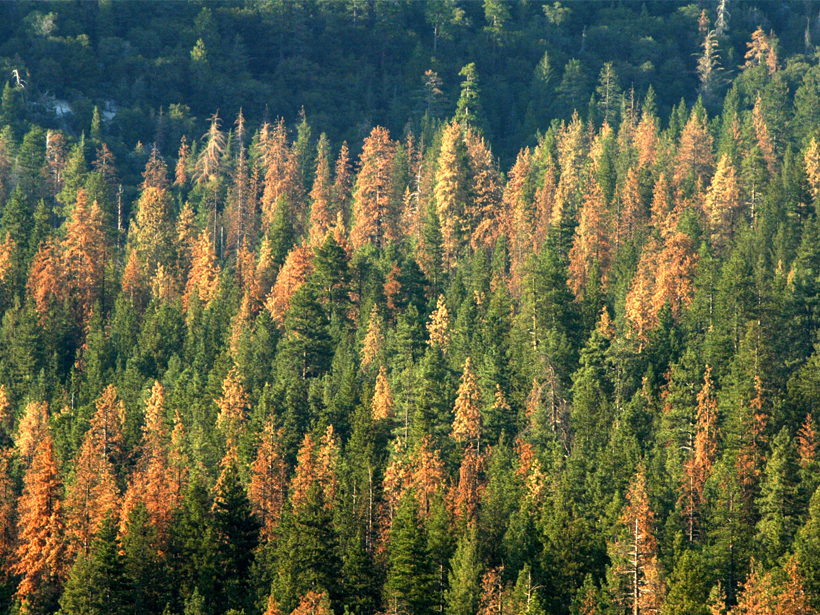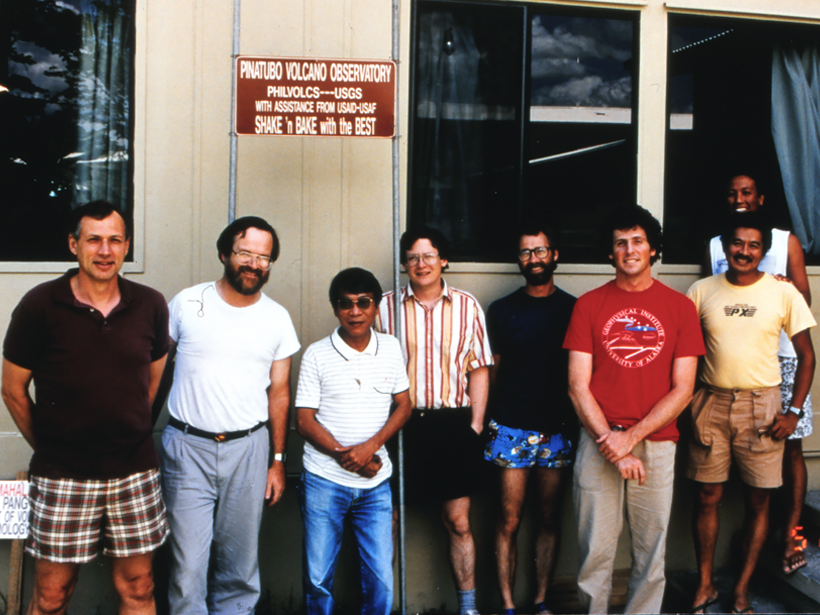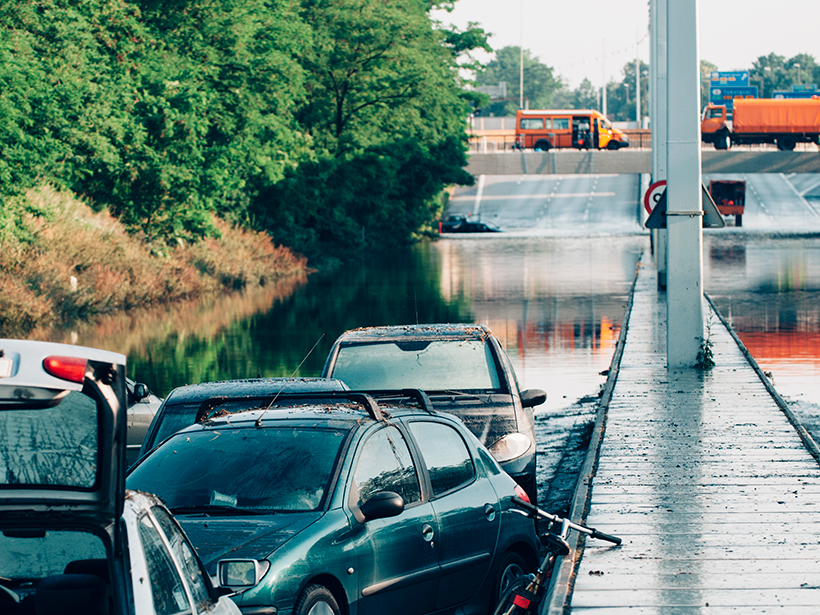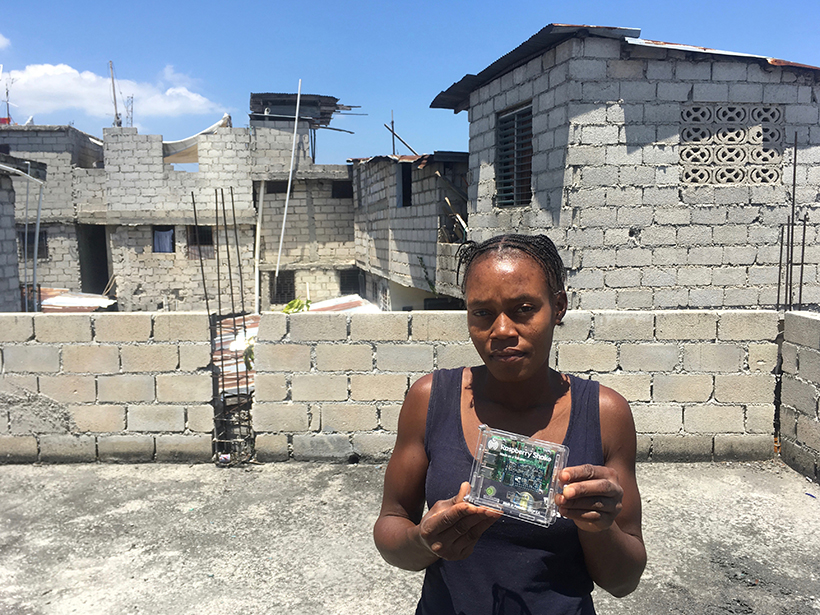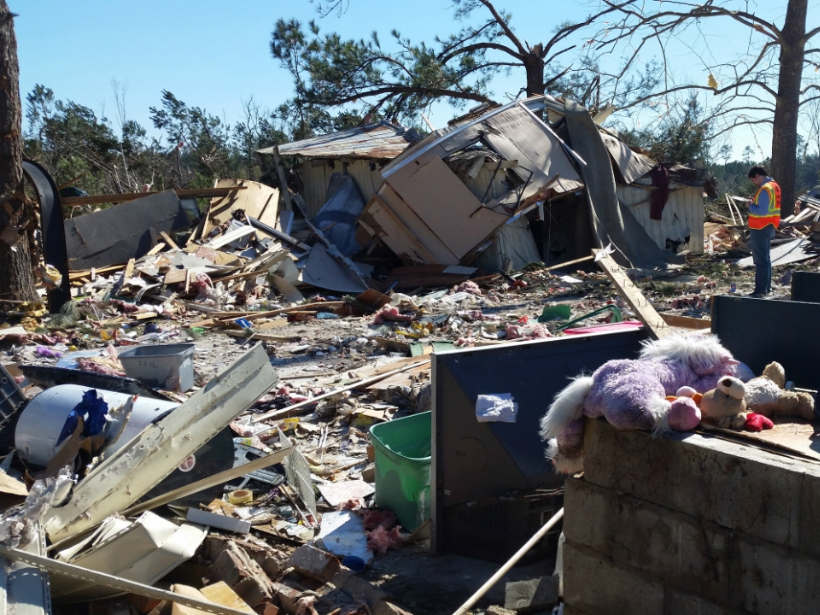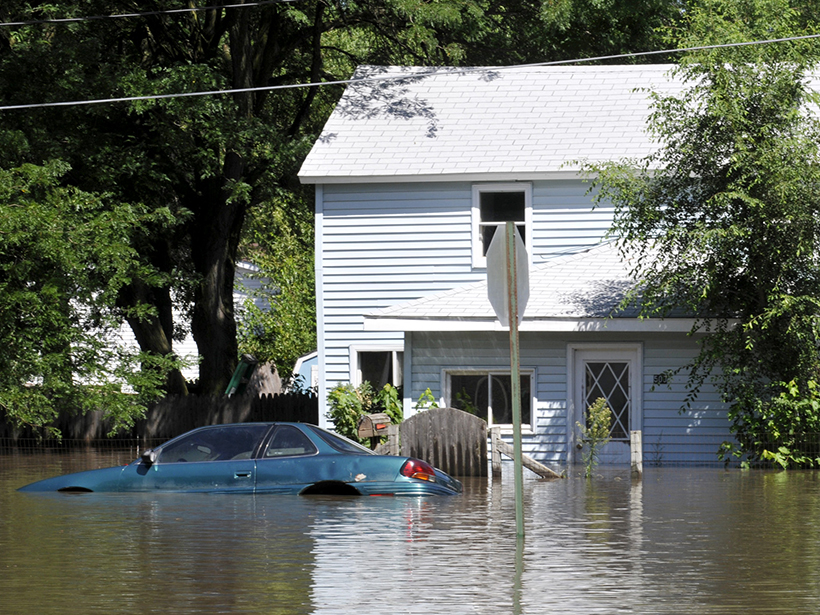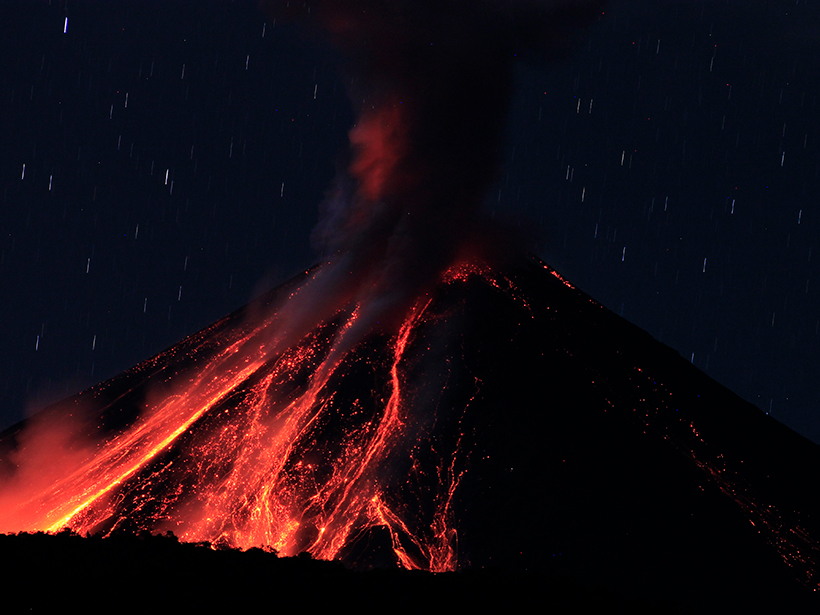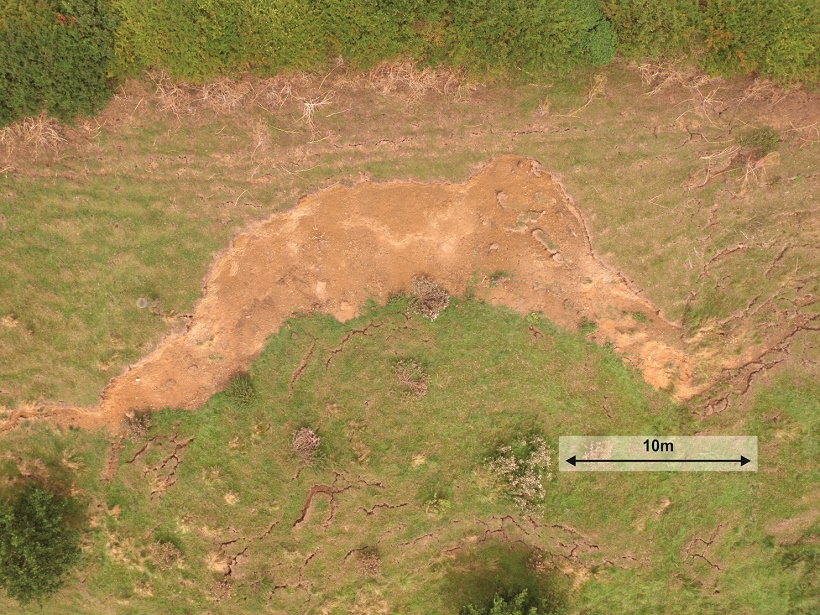Current calculations might underestimate the susceptibility of Los Angeles to earthquake shaking, so researchers and volunteers are deploying seismic networks near the city to remedy a data shortage.
disaster preparedness
Foretelling Forest Death from Above
A satellite-based early-warning signal may spot the start of a forest’s decline and give forest managers more time to save its life.
Podcast: Volcano Disaster Prepping
Third Pod from the Sun talks with volcanologist John Ewert, a founder of the U.S. Geological Survey’s Volcano Disaster Assistance Program.
Local Climate Projections: A Little Money Goes a Long Way
Three Nordic countries collaborate to build a suite of eScience tools to support long-term planning and decision-making in the face of a changing climate.
Monitoring Haiti’s Quakes with Raspberry Shake
A network of “personal seismometers” is intended to complement Haiti’s national seismic network to engage and inform residents about earthquake hazards and preparation.
Tornado Warnings Don’t Adequately Prepare Mobile Home Residents
A survey of the southeastern United States shows that nearly half of mobile home residents don’t know where to shelter during a tornado, and many aren’t getting the resources they need to survive one.
Calculating the Risk of Rare Floods
The first spatially realistic catalog of synthetic flood event risk across the entire United States uncovers high-risk areas and estimates the probability of another Katrina–level flood loss.
Ecuador’s El Reventador Volcano Continually Remakes Itself
A research team from Ecuador’s Geophysical Institute keeps a close eye on an unusually active and unstable volcano in the nation’s remote jungles.
Downhill All The Way: Monitoring Landslides Using Geophysics
Developments in geophysical methods used to monitor surface and subsurface changes prior to landslides can lead to improved prediction and early warning.
When Floods Cross Borders, Satellite Data Can Help
With so many eyes in the sky, residents living downstream from dams now have many ways to see—and prepare for—potential dangers.


